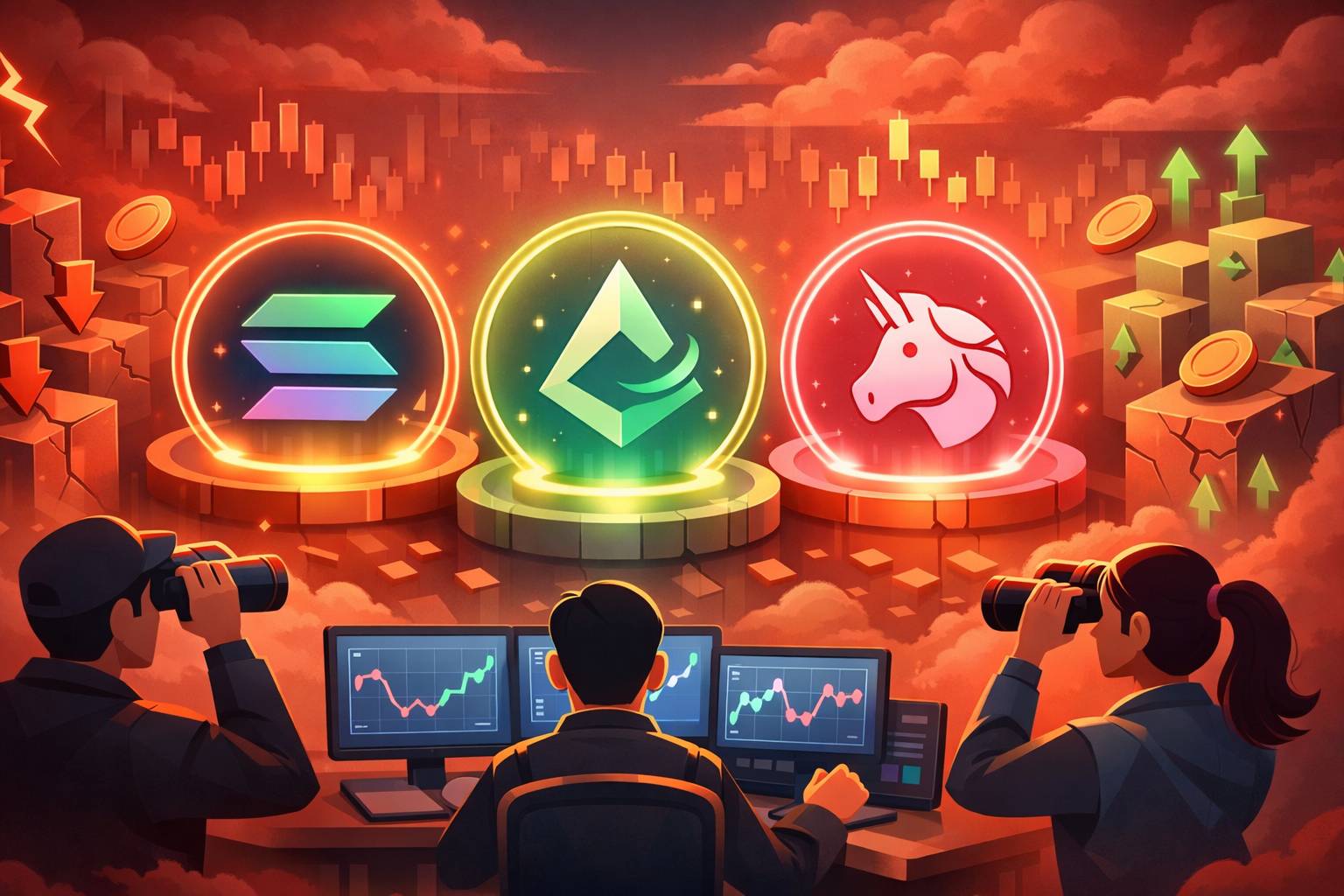Table of Contents
- Quick Overview - Understanding Market Capitalization
- The Essence of Market Cap
- Understanding How to Calculate Market Cap
- Distinguishing Market Cap from Valuation
- Applications of Market Cap in Investment
- The Role of Market Cap in the Crypto Sector
- Final Thoughts
- Market Cap Common Queries
- 1. What insights does market cap provide?
- 2. How is market cap significant in cryptocurrency?
- 3. Is a high market cap beneficial?
- 4. What happens when a cryptocurrency reaches its maximum supply?
- 5. How would you describe market cap in simple terms?









